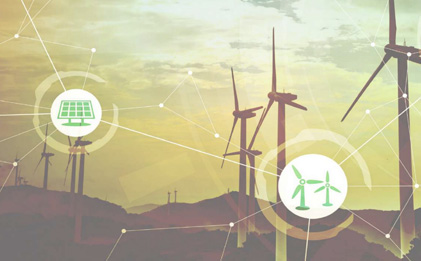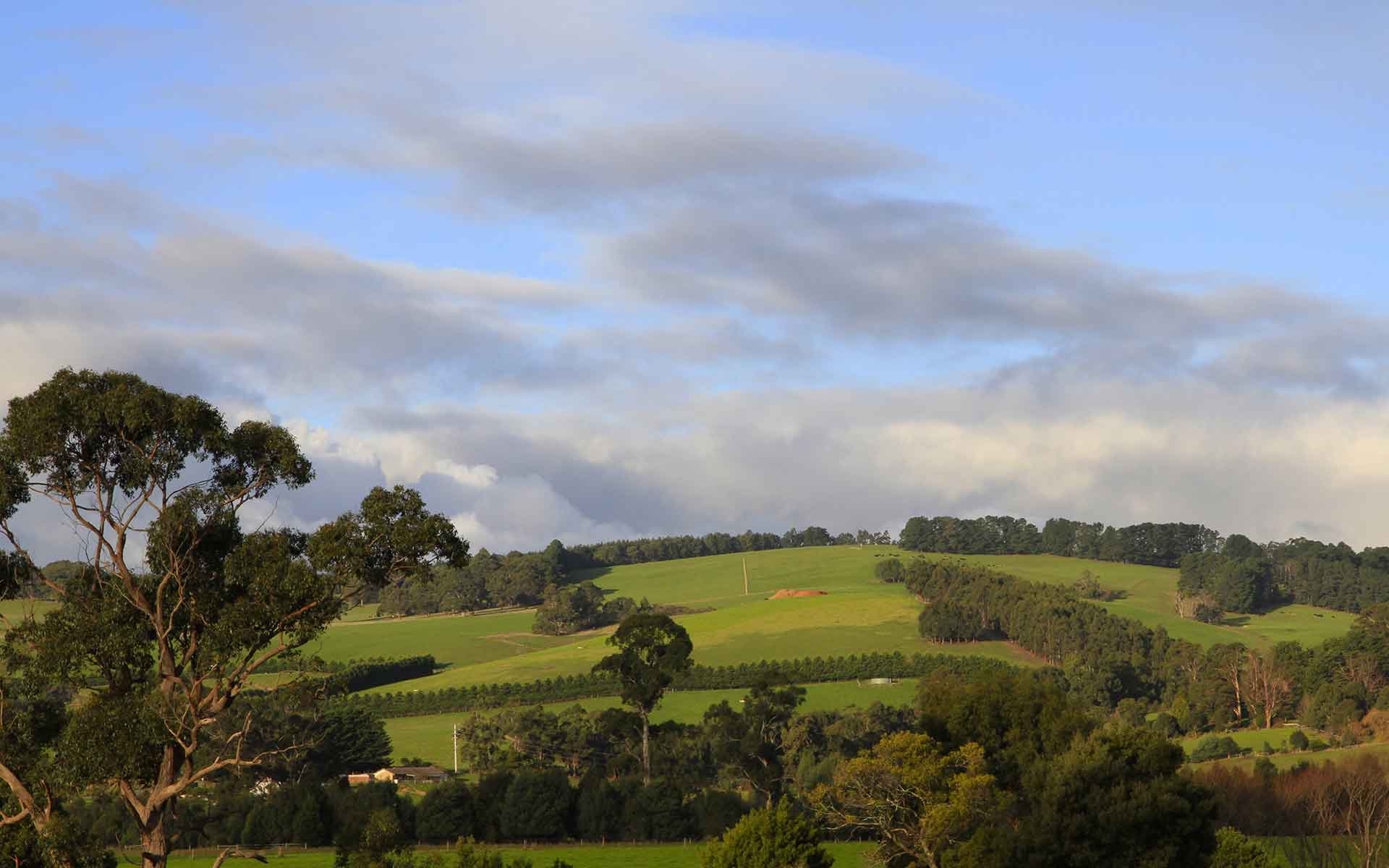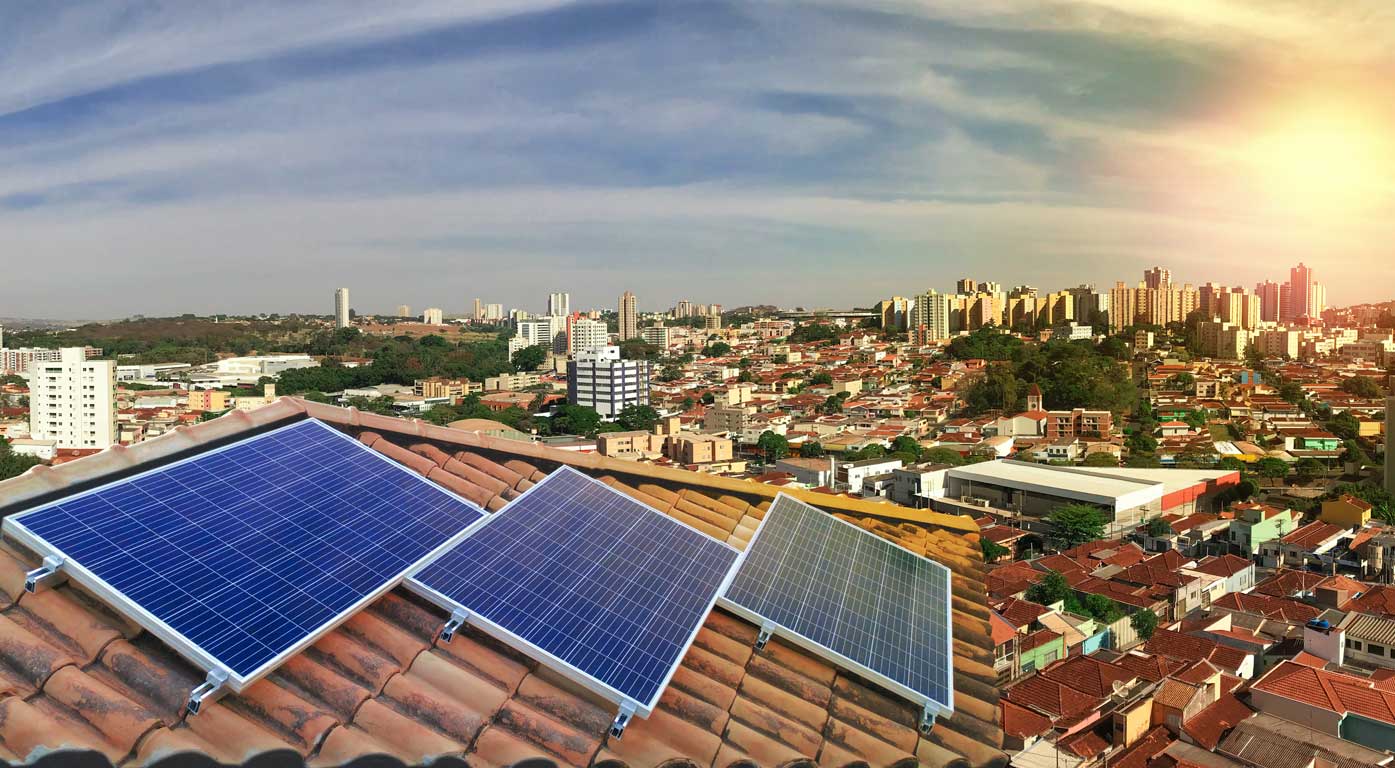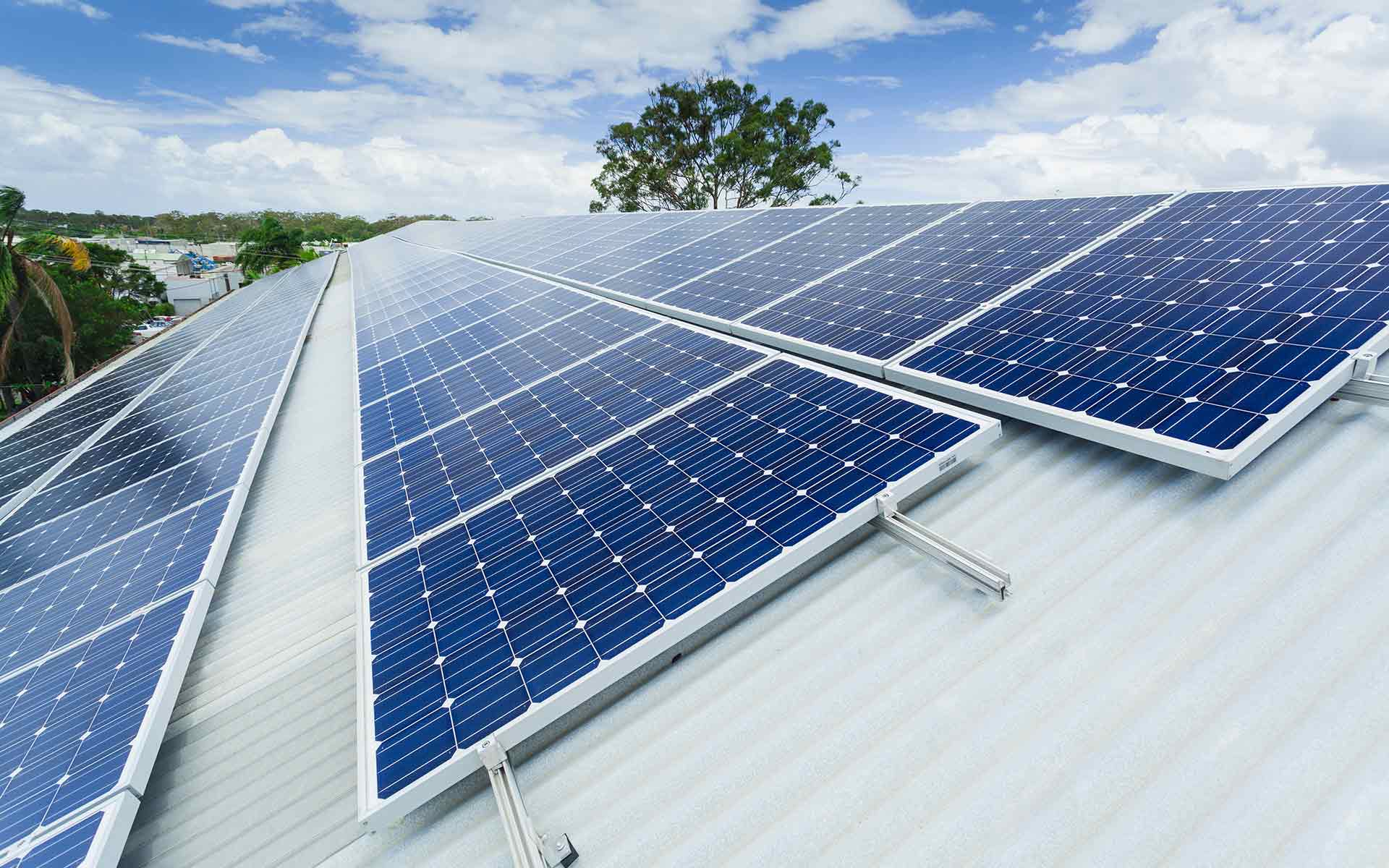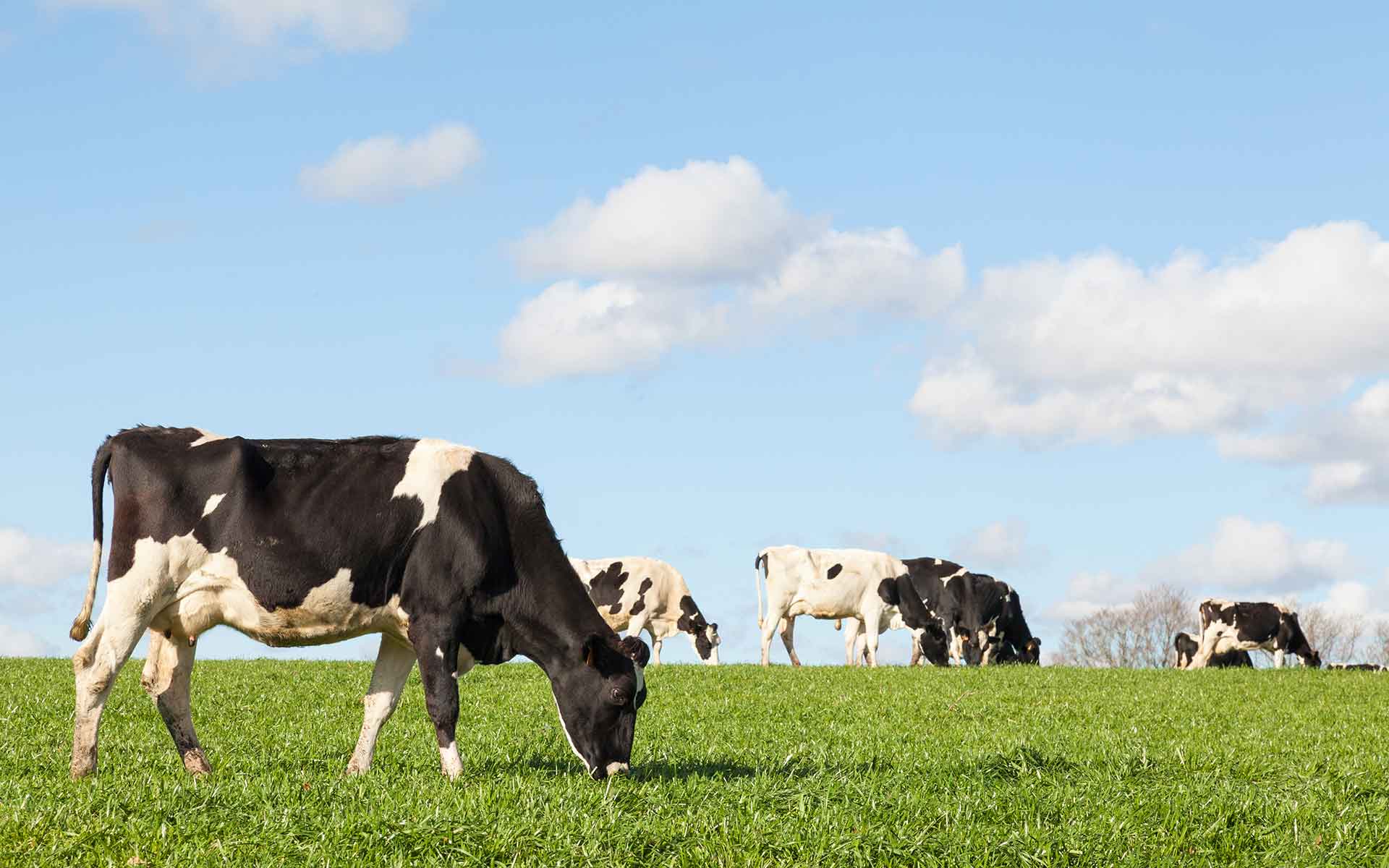Summary
The Latrobe Valley Microgrid Feasibility Study will assess the viability of creating a local energy marketplace for dairy farms, residential participants and commercial/industrial customers in the Latrobe Valley.
Participants will sell excess energy generation, demand response capabilities and network support services to improve integration of distributed energy resources, such as rooftop solar. The Project will incorporate PV, storage, demand response and LO3 Energy’s Exergy platform to deliver an optimal distributed energy model in the region.
Key results
A key finding from the feasibility analysis is that a LEM could provide a compelling proposition for consumers who value renewable electricity and supporting their local communities. The LEM could allow consumers and prosumers to achieve their environmental and social objectives without increasing their current energy bills and perhaps even lowering them.
Learn more
How the project works
The Latrobe Valley Microgrid will demonstrate how local distributed energy resources and demand response can be incorporated into a local energy marketplace to improve the efficiency, security and resiliency of the electricity grid, and improve economic outcomes for participants. Participants will sell excess energy generation, demand response capabilities and network support services to improve integration of distributed energy resources, such as rooftop solar. The Project will incorporate solar panels, battery storage, demand response and LO3 Energy’s Exergy platform to deliver an optimal distributed energy model in the region.
Area of innovation
LO3 Energy has developed a blockchain-based platform called Exergy. Blockchains are digital ledgers that simultaneously share, update, and distribute information without the need for a central storage facility for data. Types of transactions enabled by Exergy include (1) a user with solar panels selling their excess production to their neighbour (2) a grid operator buys frequency regulation from several small storage systems (3) a user sets their programmable thermostat to reduce energy use when the local price for energy goes above a certain price threshold, (4) users are charged a dynamic grid fee based upon the physical infrastructure required to transact with their counterparty.
Benefit
The Latrobe Valley Microgrid is expected to enable new business models for distribution networks, retailers and other service providers, as well as unlocking additional value for Distributed Energy Resource owners, ultimately reducing overall supply costs to all consumers.



